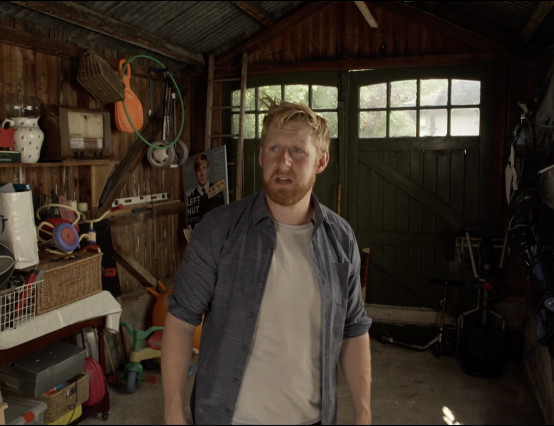The UK government has introduced a £4 million Fibre in Water fund to support projects that will test running fibre optic broadband cables through water pipes to help bring remote homes online without needing to dig up existing roads or infrastructure.
Additionally, the fund will be used to trial monitors in pipes to aid water companies in identifying and repairing leaks more effectively. Almost 3 billion litres of water is lost each day through leaks, and it is hoped that the implementation of sensors will help water companies in their commitment to cut water losses.
The project is aimed at reducing the costs of installing new infrastructure works such as ducts and poles, and is part of an overarching plan to improve mobile signal and broadband in rural areas.
The creation of the fund follows a call by the government in June for evidence into how underground utility ducts could be used to facilitate the rollout of next-generation broadband. A consortium, which could potentially be comprised of telecoms companies and utility providers, will be chosen to take the project forward.
Applications to become a part of the project are due by 4 October 2021, and will be subject to approval by the Drinking Water Inspectorate. Existing telecoms companies and utility providers such as electricity and gas, as well as water and sewer networks will have until 4 September to respond to the government’s consultation on amending regulations to make infrastructure sharing easier.
The UK’s Digital Infrastructure Minister, Matt Warman, said of the project: ‘The cost of digging up roads and land is the biggest obstacle telecoms companies face when connecting hard-to-reach areas to better broadband, but beneath our feet there is a vast network of pipes reaching virtually every building in the country.’
Warman added that ‘we are calling on Britain’s brilliant innovators to help us use this infrastructure to serve a dual purpose of serving up not just fresh and clean water but also lightning-fast digital connectivity’.
A report released in 2020 by the thinktank Social Market Foundation found that the government’s target of bringing next-generation high speed broadband to every home by 2025 is unlikely to be achieved. The report noted that issues including pricing and tangible plans to bring remote towns and villages online needed to be addressed.
For more information on the government’s Fibre in Water fund, click here.









0 Comments